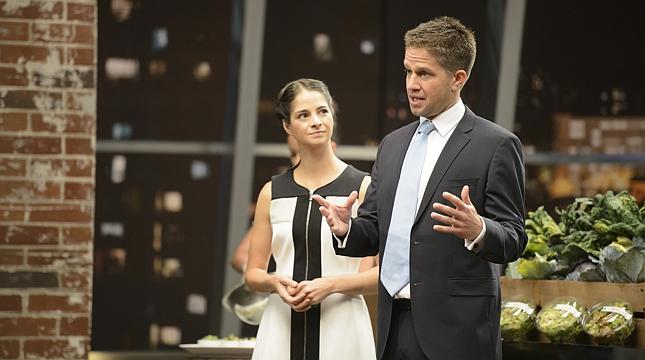
As we head toward Sunday night and the new time of 9.00 on Channel Ten’s Shark Tank I wonder how many pitches will be considering how customers find customers.
For the telephone to be successful, the owner of the phone needed to have friends who also had the device… it was the original ‘friends get friends’ marketing campaign.
Fax machines were only useful if you knew someone who had one. In my early days at IBM the first fax machine that I saw was held in the mailroom – a shared resource. Faxes were delivered like letters by the ‘mail boy’ pushing a cart. But I digress.
This might sound like ancient history – but there are lessons here for young start-ups.
The reason why the Facebook’s, Snapchat’s and Whatsapps of the world command such high valuations is because customers invite customers to participate, to trial, to connect.
The cost of finding, wooing and building loyalty with a customer is completely transformed because other customers have done that for that company. The growth of the business is not dependent on media or marketing spend.
This is one of the questions I considered every single time that an entrepreneur pitched to us in Network TEN’s Shark Tank.
In episode 11 last night, Crisp found that it had ‘lines out the door’ when it commenced operations – people attract people – so by the very nature that it looked popular, it became popular.
Before I even knew Janine Allis I thought she was incredibly clever. She had created such a distinctive visual brand that when people saw a Boost store and if they were slightly thirsty, then it had a good chance of winning a customer … and the more customers who slurped down the delicious drinks walking around a shopping centre – the more popular it became and the more people would buy.
However, when I considered the Mobilyser pitch I wondered what would be the talkability of the product … would anybody talk about it? And unless people knew of the product then how would they find it? Getting customers sounded expensive to me.
You could ask: “how does your rule of ‘customer get customer’ apply to them?”
Cricket Cooler: By nature coolers are in public places – and they are simply fun to take to events. I took mine to the Sydney International Rowing Regatta a few weeks ago … it fit six bottles of champagne in it (we had a big school parent body in attendance – they weren’t all for me!) … and teenager and adult alike commented on what fun it was.
Hegs: Now you might think that this invention is hidden in people’s back yard – so how does a customer get customer? Because simply they are in the right supermarkets, in the right category so people can see them – the packaging is self-explanatory. A few weeks ago it was labelled as the “most innovative product for home wares that the US has seen in the last 30 years”. It is a standout unique product that has great talkability.
Grown Sustainable Eyewear: Any person wearing them is a walking billboard for the product – they are special and unique and say something about the person wearing them – “I care about the planet”. Customers will drive the brand experience.
Crisp found that it had ‘lines out the door’ when it commenced operations because people attract people. Photo: Stuart Bryce.
This article first appeared in BRW




Leave a comment*All fields are required